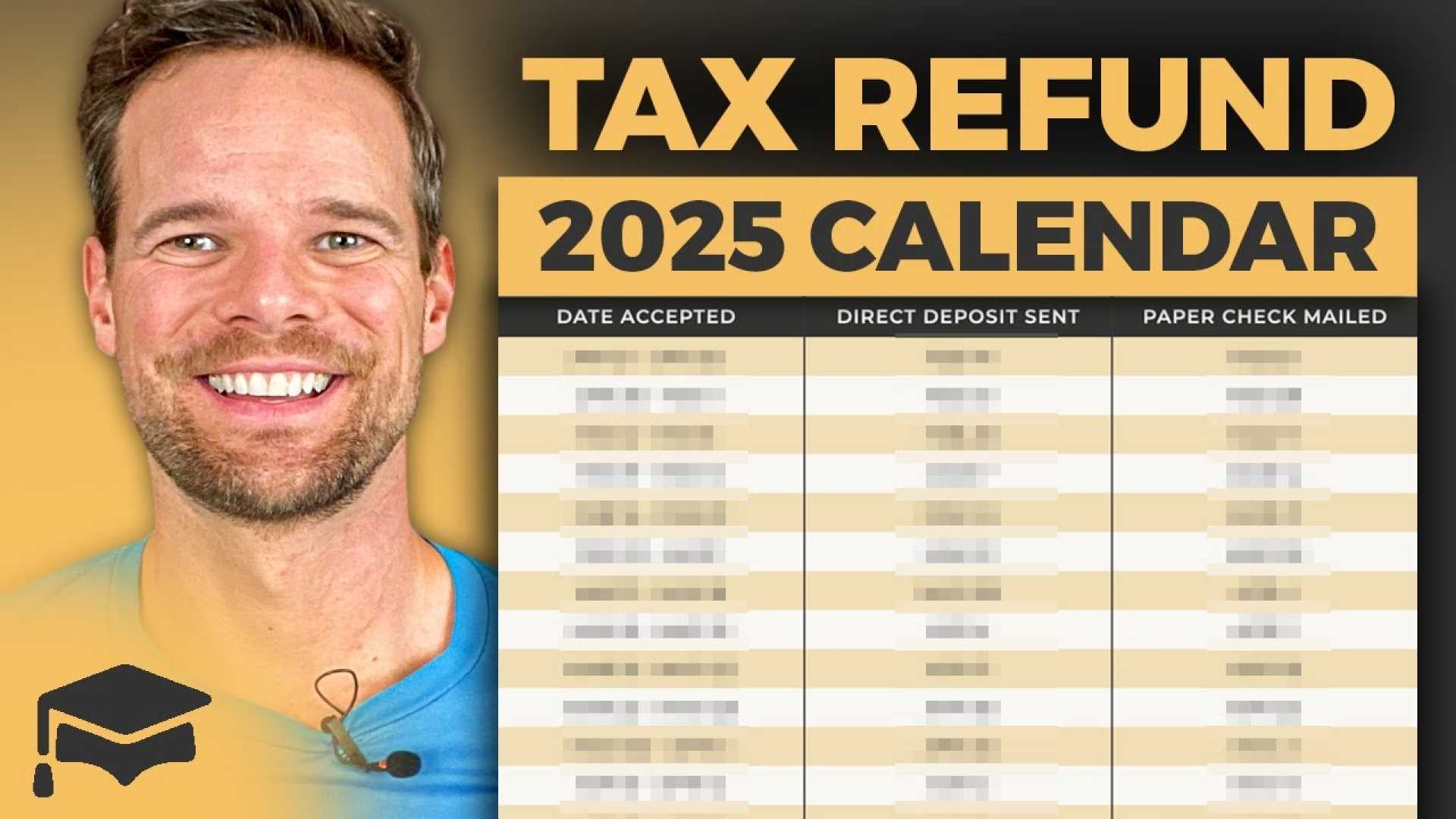Business
IRS Tax Refunds: How to Get Yours Faster in 2025

WASHINGTON, D.C. — As the 2025 tax season kicks off on January 27, millions of Americans are eager to know when they can expect their refunds. The Internal Revenue Service (IRS) has outlined key steps taxpayers can take to expedite the process, with refunds potentially arriving as early as mid-February for those who file promptly and opt for direct deposit.
According to the IRS, taxpayers who e-file their returns and choose direct deposit can expect refunds within 10 to 21 days of the agency accepting their return. The IRS begins accepting returns on January 27, meaning early filers could see refunds hit their accounts by mid-February. However, delays may occur for those with complex tax situations, such as multiple income sources or claims for credits like the Earned Income Tax Credit (EITC) or Child Tax Credit (CTC).
“Getting the biggest refund in the shortest amount of time is a two-step process,” said Drew Powers, founder of Illinois-based Powers Financial Group. “First, prepare ahead of time by gathering all necessary documents. Second, always use e-filing and direct deposit. The IRS reports these combined methods have a turnaround time of about 21 days versus 6 to 8 weeks when done on paper.”
For the 2024 tax year, the average refund was $3,050, a 5% increase from the previous year. The standard deduction for 2024 is $14,600 for single filers and $29,200 for married couples filing jointly. Taxpayers are encouraged to file early and use the IRS’s “Where’s My Refund” tool or the IRS2Go mobile app to track their refund status.
Alex Beene, a financial literacy instructor at the University of Tennessee at Martin, emphasized the importance of filing virtually. “For all the grief it receives, the IRS has become more efficient at issuing refunds since e-filing became the preferred method,” he said. “Direct deposit normally ensures a faster processing time of up to a week earlier.”
Taxpayers who cannot file by the April 15 deadline can request an automatic extension using Form 4868, which grants until October 15 to submit their return. However, any taxes owed must still be paid by April 15 to avoid penalties.
As the tax season progresses, experts advise filers to stay organized and seek professional help if needed to ensure compliance and maximize refunds.












